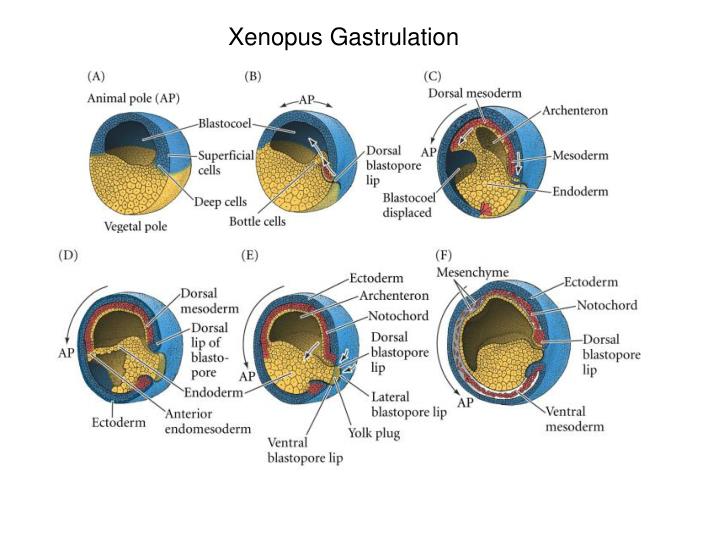

SNS precursor groups invaginating from the foregut anlage. goosecoid expression overlaps with one of the three Study of goosecoid expression and the effects of gsc mutation have lead to a much better understanding of the development of the stomatogastric nervous system. A corollary to this argument is that both the spinal cord of vertebrates and the ventral cord of invertebrates are also derivative structures.ĭrosophila goosecoid participates in neural development but not in Expression in flies of Gsc in the brain anlage, albeit occurring earlier than expression in the stomatogastric anlage, represents an evolutionary expansion of a more primitive nervous system. The reason for this conclusion is its proximity to what is potentially the remnants of the organizer, a structure common to protostomes and deuterostomes. The implication of this work is that the stomatogastric nervous system is of ancient origin, possibly older than the brain itself.

Currently, the regulation of the stomodeal expression of Drosophila Gsc remains a mystery (Goriely, 1996). Interestingly, wingless (the Drosophila wnt prototype) expression is required not as an instructive signal, but as a permissive factor that coordinates the spatial activity of morphoregulatory signals within the stomatogastric nervous system anlage (González-Gaitán, 1995). In contrast, complete axis duplications can be achieved by injection of certain WNT mRNAs in Xenopus (Toyama, 1995 and references). This observation is similar to results reported in Xenopus using other inducing factors in the TGF-ß superfamily. Nodal induces ectopic Gsc expression and axis duplication in zebrafish. In the zebrafish, nodal expression leads to trunk duplication, but no obvious head duplications. Activin too has been considered as a candidate for this role, but experiments with follistatin, an activin antagonist, lead to the conclusion that activin is not a requirement for mesoderm induction (Jones, 1995 and references). Therefore Gsc expression in Drosophila and vertebrates could be evolutionarily related (Goriely, 1996).Īre the same genes involved in regulation of vertebrate Gsc as those involved in regulating Drosophila Gsc? In vertebrates, nodal, a member of the TGF-ß superfamily, has been implicated as a signal for induction of axial mesoderm during gastrulation. Thus Gsc is expressed in the foregut of both flies and vertebrates. In vertebrates, Gsc is expressed in the dorsal lip of the blastopore, the region leading the invagination of the mesoderm during gastrulation that will give rise to the head process and the anterior-most tissues of the vertebrate embryo (prechordal plate mesoderm). The stomatogastric nervous system is believed to arise from the labrum, the most anterior embryonic segment (Schmidt-Ott, 1994). In Drosophila the cells invaginating in the stomodeum (those that express Gsc) constitute the anterior-most structure of the embryo. In all Protostomes, the stomodeum is the anterior end of the blastopore. What is evolutionarily conserved with respect to GSC function when comparing between vertebrates and invertebrates? Any comparison is complicated by the fact that vertebrates are Deuterostomes (the mouth forms as a secondary consequence far away from the blastopore, which gives rise to the anus), while insects are Protostomes (the mouth forms at or near the blastopore). Thus Goosecoid appears to mimic properties of the "organizer" (Niehrs, 1993). The migrating cells contribute mainly to the most anterior involuting tissues, namely anterior endoderm and head mesoderm.

Goosecoid expressing cells induce neighboring cells to migrate toward the anterior of the embryo and enhance involution. Goosecoid expression in vertebrates takes place in the organizer, the compartment associated with the dorsal lip of the blastopore which functions in the recruitment of cells for involution through the blastopore and is responsible for self-determination of cells into dorsal mesoderm. During early cellularization an expression domain anterior to the cephalic furrow gives rise to cells that ultimately will be located in the brain hemispheres, while a second domain invaginates inside the stomodeum along with ectodermal cells to give rise to the stomatogastric nervous system, ring gland and foregut. The Drosophila Goosecoid homolog is expressed in two domains during embryogenesis. Keywords - Brain, stromatogastric nervous system, foregutĬlassification - Homeodomain - paired-type Interactive Fly, Drosophila Goosecoid: Biological Overview


 0 kommentar(er)
0 kommentar(er)
